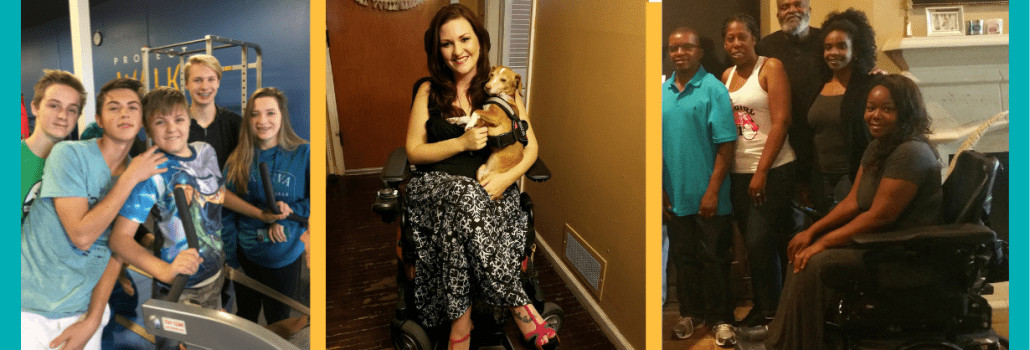
MobilityWorks
Accessibility for all: Helping people connect with who and what matters most
Searching...
No results found. Please try modifying your search.
Medical care costs can last a lifetime. Help Hope Live can provide transverse myelitis financial assistance through community-based fundraising.
Managing the expenses associated with treating transverse myelitis treatments may seem daunting, but it is possible with the help of a fundraising strategy.
The first steps are knowing the expenses involved and researching the available financial assistance options with Help Hope Live. In this article, we discuss the costs associated with a diagnosis and how you can get financial assistance for transverse myelitis.
When measuring the overall costs of transverse myelitis, many variables must be considered, including severity, length of time since diagnosis, and the potential for relapse.
According to a 2016 analysis published in Neurology, the “Mean total costs in the 1-year post-index period were $48,378 for all patients and $88,410 and $20,309 for those with and without a relapse, respectively. Mean outpatient costs were $26,585 for all patients and $40,969 and $16,500 for those with and without a relapse, respectively.”
While there is no specific listing for treating transverse myelitis under the US SSA’s Blue Book, you may be able to qualify for coverage under certain applicable listings, including section 11.09 – Multiple sclerosis and other neurological disorders.
Help Hope Live makes getting financial assistance for transverse myelitis symptoms easy. Through community-based fundraising, our nonprofit organization is dedicated to helping those in need to raise funds for costs associated with transverse myelitis treatment.
If you need financial assistance for transverse myelitis expenses, fundraising may be a helpful pathway. Community-based fundraising with Help Hope Live can help you cover expenses such as:
The fundraising process with our nonprofit starts with a few simple steps:
Help Hope Live differs from GoFundMe by:
We are a nonprofit with more than four decades of fundraising experience and a 4-star Charity Navigator rating.

Here are a few Help Hope Live success stories:
Leo Patnode experienced a brain stem stroke during a business trip. His family engaged Help Hope Live for multiple out-of-pocket medical costs, including hospital care, physical therapy, and caregiving. Leo’s campaign has surpassed $90,000 raised so far with Help Hope Live.
Mom of three Carmel Longoria learned that her cancer was out of remission. Out of work due to the diagnosis and experiencing ongoing chemotherapy and travel for treatment, Carmel and her family turned to Help Hope Live for trusted medical fundraising. Within seven months, they raised over $12,800.
If you choose to fundraise with our nonprofit, here’s how the process will look:
1. APPLY for assistance
2. YOU’LL BE PAIRED with a Client Services Coordinator
3. YOUR COORDINATOR will provide you with one-on-one fundraising help, including personalized fundraising materials and guidance on how to rally your community, share your story on social media, reach out to the press, plan in-person or virtual fundraising events, and more.
Need Other Financial Help Options?
For alternatives to fundraising, you can find information on a variety of other financial assistance options. Please view our Catastrophic Illness Resource Directory for insight into sources of direct financial aid, support groups, and other resources for transverse myelitis patients and their families.